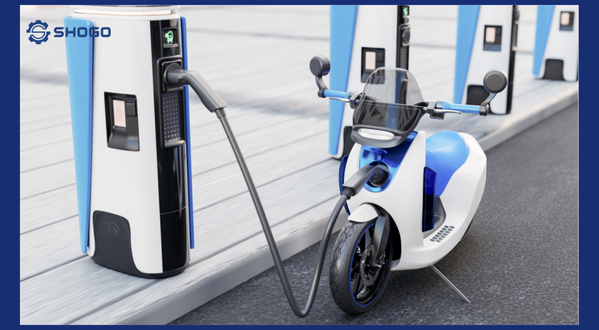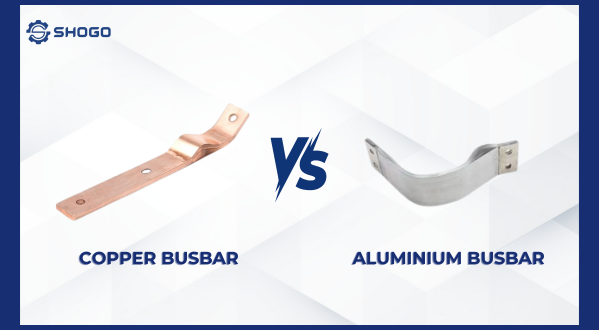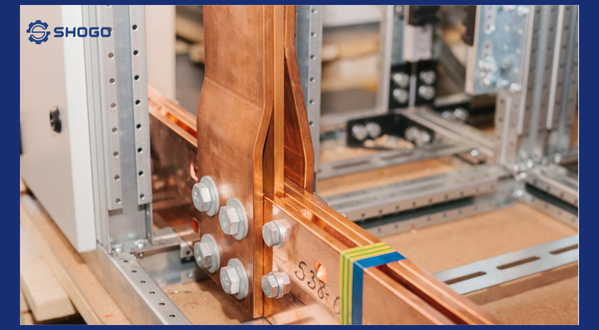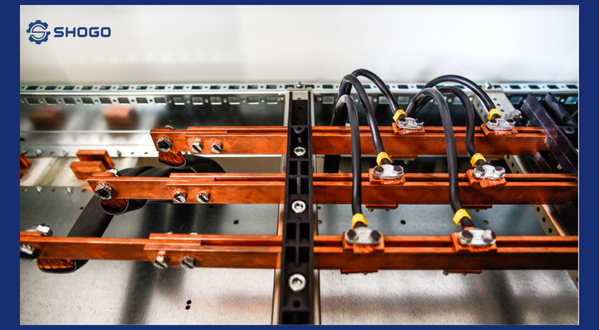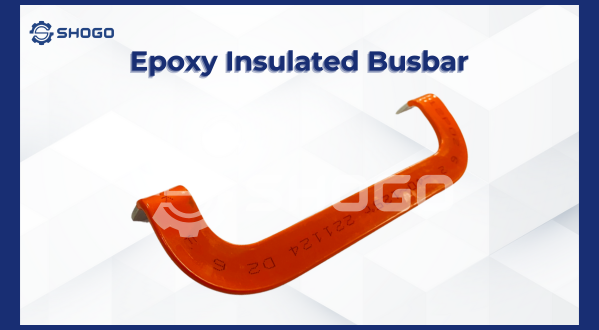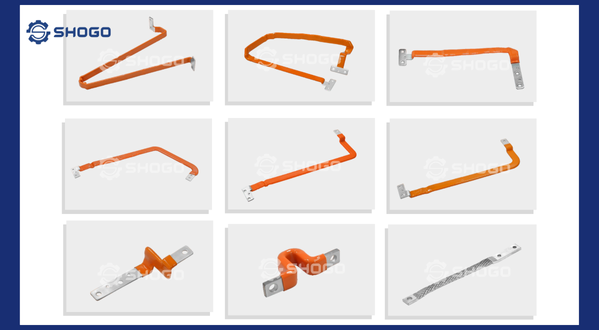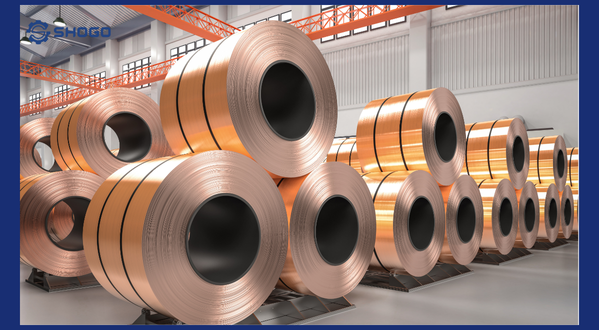Introduction
Busbars—electrical conductors that connect battery cells and modules—are essential components in every EV power system. However, not all busbars are suitable for every type of vehicle. Two-wheel EVs (e.g., electric scooters, bikes) and four-wheel EVs (e.g., electric cars) have very different requirements in terms of voltage, power, space, weight, and safety.
This article explains the key differences in busbar application between these two vehicle types and guides you in selecting the right material and design for your EV projects.
Key Differences Between 2-Wheel and 4-Wheel EVs
| Criteria | 2-Wheel EVs | 4-Wheel EVs |
|---|---|---|
| Battery capacity | 1 – 3 kWh | 30 – 100+ kWh |
| System voltage | 48V – 72V | 350V – 800V |
| Current load | 50A – 150A | 200A – 600A |
| Battery pack space | Tight space, compact designs | More space, allows for complex structures |
| Weight consideration | Must be as light as possible | Higher weight tolerance |
| Cost sensitivity | Highly cost-sensitive | Focus on performance and durability |
Busbar in 2-Wheel EVs: Requirements and Best Practices
Recommended materials
- Aluminum or thin copper for lightweight, cost-effective design
- Flexible insulated busbars for compact battery layouts
Design priorities
- Thin, flexible, and space-saving form
- Integrated electrical insulation
- Possible integration of signal wiring for compact builds
Technical considerations
- Must withstand current surges during acceleration
- Must resist vibration and fatigue in daily use
Busbar in 4-Wheel EVs: Requirements and Best Practices
Recommended materials
- Pure copper or nickel-plated copper to handle high current loads
- Laminated busbars for complex, multilayer structures and better thermal performance
Design priorities
- Large cross-sectional area, high current capacity
- Support for heat dissipation and EMI shielding
- Compliance with international standards (IEC 62893, UL)
Technical considerations
- Must withstand sustained high currents during fast charging and high-speed operation
- Compatibility with BMS and industrial-grade connectors
Quick Comparison: Busbars in 2-Wheel vs. 4-Wheel EVs
| Criteria | Busbar for 2-Wheel EVs | Busbar for 4-Wheel EVs |
|---|---|---|
| Common materials | Aluminum, thin copper | Copper, nickel-plated copper |
| Structural design | Flexible, compact, simple | Laminated, large cross-section, high current |
| Main focus | Lightweight, affordable, easy to make | Durability, stability, high performance |
| Insulation approach | PET or silicone coating | Epoxy or dual-layer industrial insulation |
| Typical use cases | E-bikes, scooters | Electric cars, electric trucks, mobile chargers |
Conclusion
Busbars are more than just electrical connectors. In EV applications, they must meet multiple demands for electrical performance, space efficiency, heat resistance, and cost. That’s why the difference between 2-wheel and 4-wheel EVs doesn’t stop at size—it also affects how you should design and choose busbars.
Suggestions for EV Engineers & Manufacturers
- For small EVs, prioritize lightweight, flexible, low-cost busbars with simple insulation
- For electric cars, invest in high-conductivity, high-durability, internationally certified busbars
Contact our technical team today to:
- Receive a busbar selection guide by EV type
- Download our catalog for 2-wheel and 4-wheel EV busbars
- Request free samples for OEM or R&D projects





